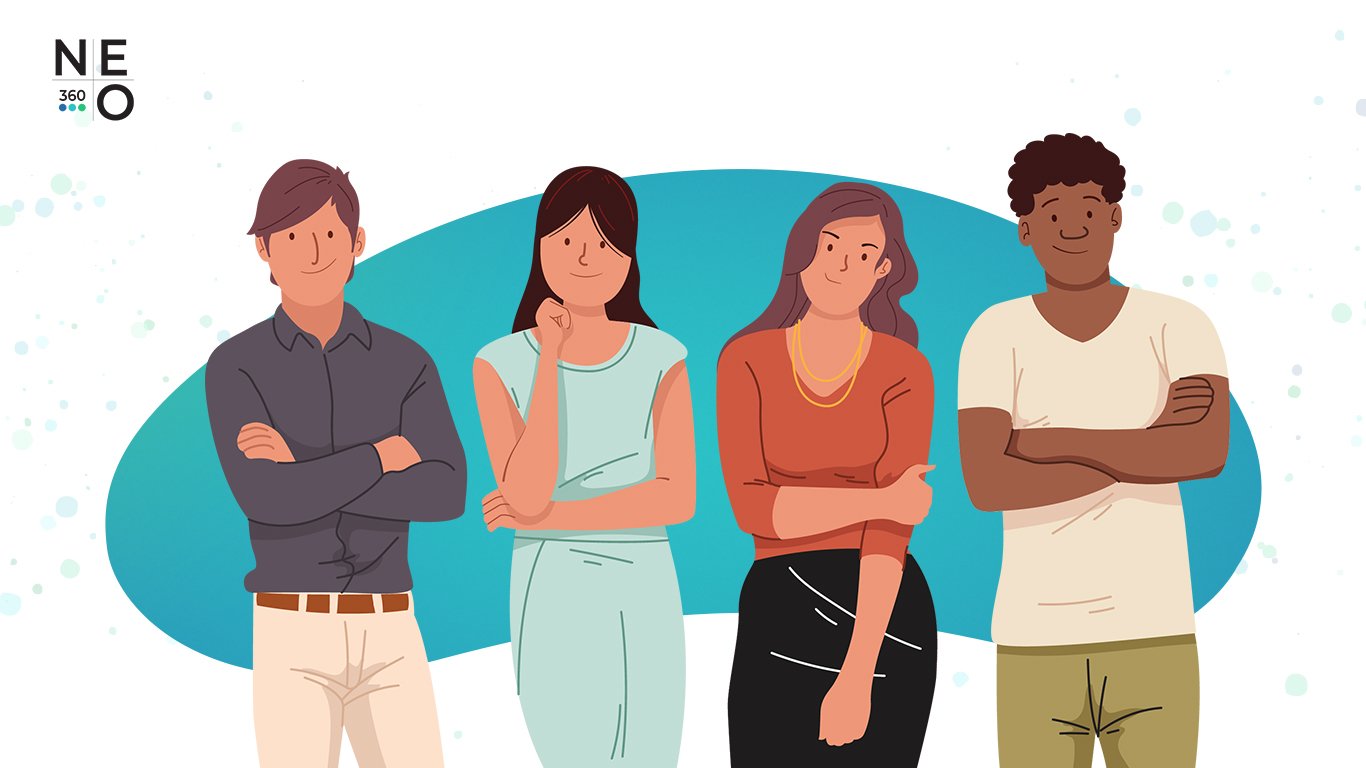How to Make a Buyer Persona that Makes Buyers Buy From You

Say there was someone you wanted to ask out on a date.
Do you just walk up to the person? What do you say? Maybe you should get the person’s attention first. Maybe a little present would do it. But what would you give?
The answer to all these hinges on how well you know this person. And depending on how badly you want to date this person, you’re going to do all you can to find out everything you need to know to boost the odds of your hearing a “yes”.
There are those who liken the art of marketing to courtship—you are wooing a potential customer, client, patient, student and so on, with the hopes of hearing a “Yes, I would love to buy from you”.
And what business owner wouldn’t want to hear that?
That’s what makes buyer personas so crucial.
The need for defining a buyer persona may seem obvious at the outset, but you’d be surprised at how many business managers seem to have a “if you build it, they will come” mentality towards marketing. As long as they have a “rough idea” of who they’re marketing to (e.g. human, alive, and has money to spend), they’re good.
But what are your chances of hearing a “yes” when you approach your prospective date on the premise of their being human, alive and having money to spend, right?
So unless you want to doom your business to a lonely existence—without customers, clients, patients or students—you would do well to give your buyer persona some careful consideration. Here are some points for you to consider to help you get started.
What exactly is a buyer persona?
A buyer persona is the personification of your ideal customer—refining the “rough idea” of who you want to buy from you to give him or her a definite name, age, likes, dislikes, the whole personality.
After all, you wouldn’t date just anybody. You have your eye on someone because of who they are, and what makes them likely buyers of your products or services.
And just as you’ll never be able to know everything about the person you’re after, you’ll need to find out enough to be able to give this person exactly what they’re looking for—an irresistible reason for choosing your option. Whatever gaps are left unfilled may be filled “Sherlock Holmes style”, i.e. through scientific observation and deduction.
As a general example, let’s say what you know for sure is that your solution costs $1,000, your business is located in the Downtown Core and that 9 out of 10 of your customers are women.
You might therefore deduce that your customer has a job at a company nearby that pays very well, and to get that job, she must have graduated with at least a bachelor’s degree from one of our top universities.
Nobody goes to a top university without some ambition or career goal, which gives you grounds for speculation on what your customer wants in life and what might matter most to her.
Knowing is half the battle.
Having a clearer picture of who you’re marketing to is like having a map to guide you toward where you want to go, versus just looking at the sun and walking in a general direction. But there’s no denying the advantages of GPS navigation in helping you get to a precise location in a shorter amount of time.
Simply stated, the more you know about your ideal customer for sure, the surer you can be of the effectiveness of your marketing. More effective marketing means your ideal customer will be more likely to buy from you.
Gaps filled by deduction are therefore best kept to a minimum, and this can be done with solid market research, in-depth interviews, and referring to your own customer data.
A thoughtfully prepared buyer persona isn’t just a powerful weapon in your marketing arsenal, but the fulcrum of your marketing strategy. With it, you can
- Write powerful, persuasive copy
- Create relevant and helpful content
- Plan accurately targeted ad campaigns
- Build robust marketing automation systems
- Design delightful customer experiences
- Develop seamless user experiences
- Enhance sales processes and performance
Because when you know exactly who you’re marketing to, you’ll know what they want, what to say, how to say it, and where they’ll be listening.
How do you make a good buyer persona?
There are several tools and templates for making a buyer persona that are readily available online. HubSpot’s Make My Persona tool is a good place to start if you’re new to formally defining your ideal customer.
Whichever tool or template you use, it’s essential to approach the creation of your persona knowing where and how your persona is going to be used. Keep in mind that this isn’t a mindless fill-in-the-blanks exercise, but a conscious effort to understand what makes your ideal customer tick.
That way, you’ll know what kind of information you need, what to look out for while collecting that information, and which pieces of information ultimately make it to the finished persona.
For example, since you know that the persona is going to be used by your copywriters, you’ll keep a sharp lookout for words and phrases your persona likes to use, particularly when describing their pain points and successes.
Or, since you know that your sales team is going to be using the persona, you’ll want to find out what kind of sales methods work with your customers and (arguably more importantly) which tactics tick them off.
Make sure you give equal weight to the psychographics as well as the demographics of your ideal customer. Many marketing experts will tell you the former is also arguably more crucial than the latter, because while demographics may explain why customers are the way they are, psychographics will enable you to understand how they think.
The number of personas you make depends on how large your business is as well as your product or service range, but we advise you to keep things simple with just one to three for starters.
Later on, you can make as many personas as you need, but be sure you only have one version of a particular persona for your entire organisation. Having, for example, an Ai for marketing, an Ai for sales and an Ai for creatives isn’t such a good idea, because it runs the risk of everyone not being aligned when it comes to who your customer is.
Buyer Personas are better bespoke.
As helpful as free buyer persona tools and templates are, there’s a limit to how effective they can be in helping you to better understand the best ways for reaching and engaging your ideal customer. They’re a good place to start, but they shouldn’t be the ultimate destination.
Tools and templates are created with a general idea of what businesses need. But because every business is unique and has its own ways of serving customers, we highly recommend customising your buyer persona template to suit your specific circumstances as well as your specific market.
You may customise your buyer persona not just according to its projected use, but also according to the way you conduct your market research.
If, for example, your capabilities for conducting interviews are limited, you might identify other reliable sources of information such as Facebook Audience Insights, LinkedIn Website Demographics, industry white papers and government research.
It’s also a good idea to standardise the parameters for your information gathering—if you’re conducting interviews, for instance, you might require at least three interviews but no more than five. Or, if you’re relying more on research, you might make it a point to have at least X number of references.
As a 360 digital marketing agency focused on reaching and engaging with customers on their own terms, we’ve made significant investments into developing our own methods for creating buyer personas for our clients.
These personas are designed to help us to help them to better understand and serve their customers, and the results we’ve been privileged to achieve for our clients attest to just how well they work. Find out how a carefully crafted, bespoke buyer persona can help boost your business growth by getting in touch with us, today.



